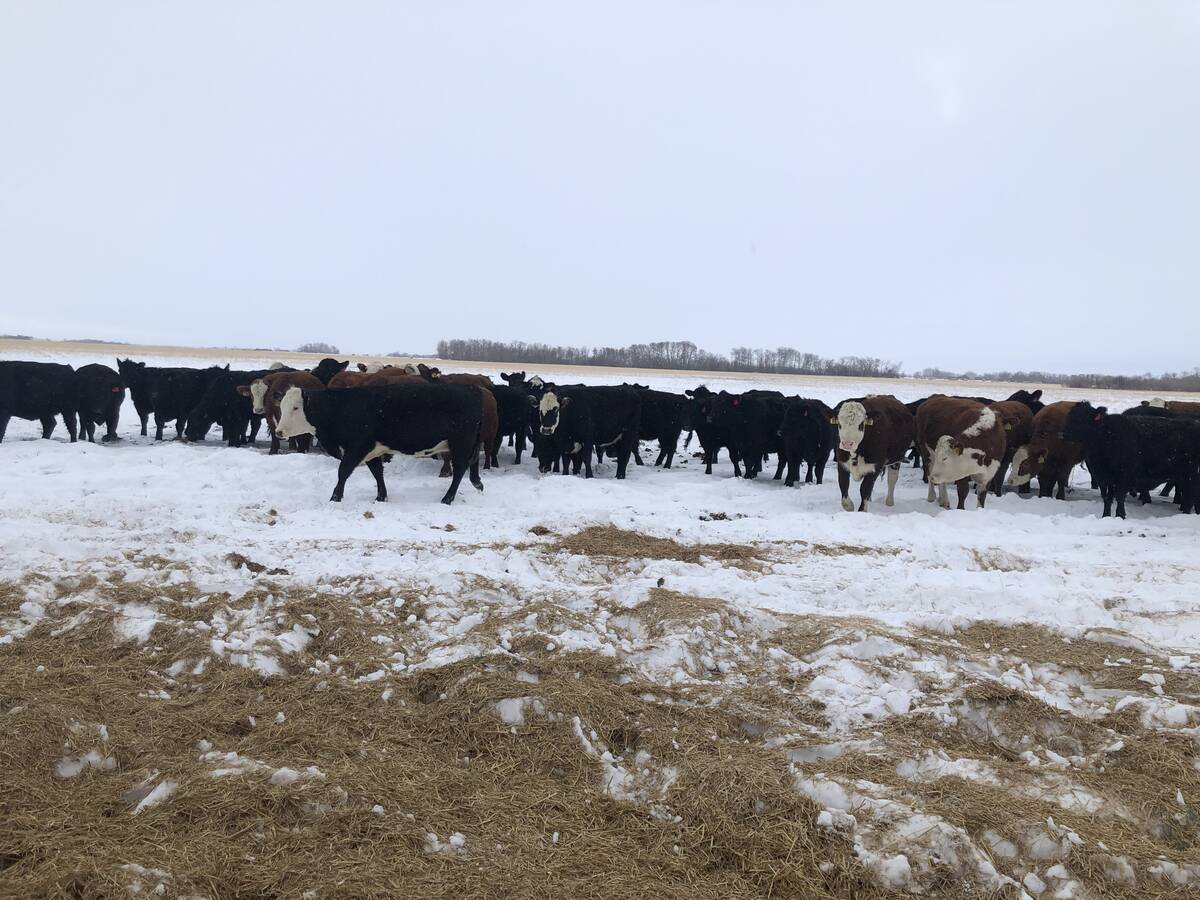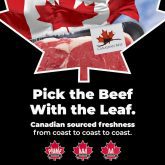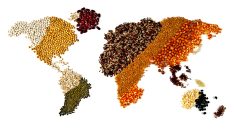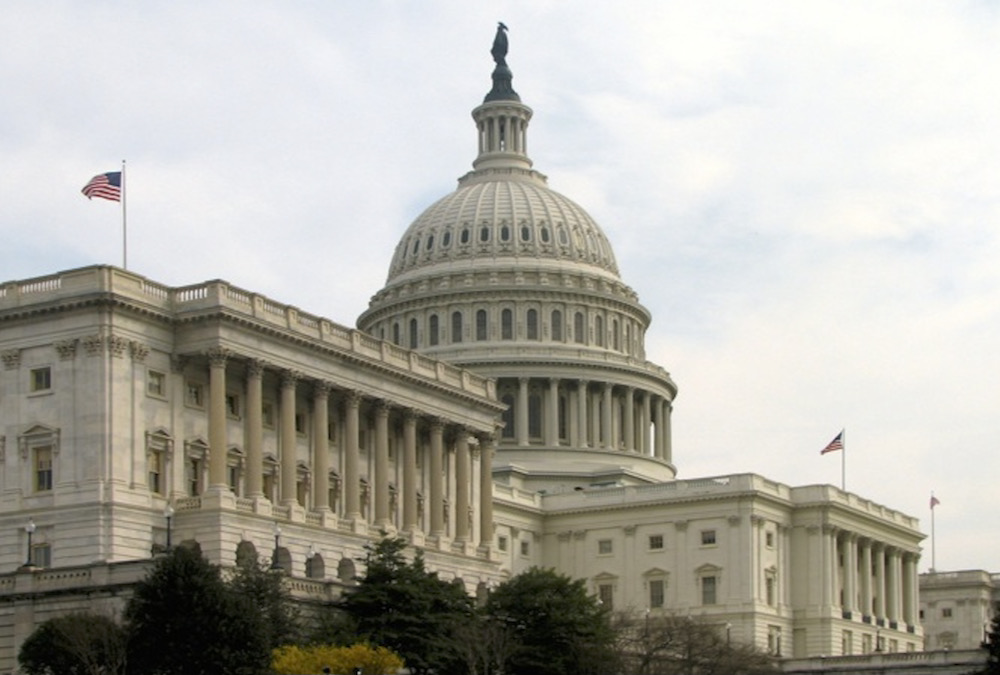Several factors may improve the beef business in Canada soon. As we’ve noted, China has been aggressive in driving the global beef market. The delivery of Meng Wanzhou back to China and the release of the Canadians should ease that cloud over relations. The U.S. tariffs on aluminum and steel were dropped at the recent G20 meetings in Europe.
U.S. beef demand has remained strong, although there is evidence some consumers are reacting to higher prices by shifting to less expensive cuts and hamburger or — the heretics — to chicken or pork. That is why the strong trimmings market is not expected to trend seasonally lower through year’s end winter. Choice boxed beef was also strong, at $2.85 in early November.
Read Also

Picking the most efficient cows to rebuild your cow herd
A new cow ranking system to help beef farmers and ranchers pick the most efficient cows as they rebuild their herds.
U.S. beef exports to Canada have been below the five-year average, according to CattleFax. Maybe hosting zero American tourists under COVID-19 restrictions influenced that, affecting HRI demand and the economy. U.S. imports of Canadian beef are up 15 per cent YTD but have trended down since August’s peak, likely due to increasing Canadian slaughter.
We would hope by now the Biden administration’s hare-brained, religious-like adherence to enviro-zealot dogma threatening to shut down the Line 5 pipeline from Canada supplying Upper Midwest customers with over 500,000 barrels/day dies a quiet death. It’s sure drawing a lot of outrage down here, as gas prices are over $1.30/gal. higher and prices of natural gas, propane and heating oil are up substantially.
It was ironic that the morning packers had to start paying $1.32 to get cattle that congressmen dropped a bill to “fix” the cattle market. An outgrowth of the lousy markets in the last 18 months, the bill is the result of intense discussions this summer regarding mandating negotiated cash packer procurement percentages. Mercifully, this bill does not call for such an impractical and dangerous requirement. There are some useful ideas, except that the heavy hand of government always comes down to mandates, rather than assisting with information, industry-driven, voluntary actions responding to markets. That bill follows the introduction of a bill requiring USDA to establish a “contract library” of alternative marketing agreements (AMAs). That latter bill is much more than just a contract library — the librarian asks for a lot more than sample contracts.
The packer would submit on each contract executed: the type of contract; the duration; all contract summary information; provisions that might affect cattle price — including base price, premiums and discounts, and transportation arrangements — the number of cattle in the contract “solely committed to the packer each week within the six-month and 12-month periods following the contract date, by region.” Provisions for future cattle number limitations or expansions are included.
USDA is to report weekly or monthly a summary of each type of contract, the total numbers of cattle committed within six-month and 12-month periods.
By definition, AMAs or “formula marketing arrangements” would be “advance commitments” of cattle “by any means other than” negotiated purchase, negotiated grid or forward contract and using a price determination method in setting the price in the future.
The latest price discovery bill would direct USDA to establish mandatory minimum thresholds of negotiated cash and grid trades by region, based on the 18-month average. The key is that “No regional minimum level can be more than three times that of the lowest regional minimum and no regional minimum can be lower than the 18-month average, dated from when the bill is enacted.”
The bill prohibits USDA from using confidentiality as a reason for not reporting information but turns around and directs reporting all information in a manner that ensures confidentiality. Right…
The bill also directs timelier reporting of cattle carcass weights. Startlingly, it requires packers to report cattle numbers to be delivered each day for the next 14 days.
Another confusing clause in the fact sheet distributed — no bill text was available when the bill was announced — states the following: “Absent government intervention, or any way to enforce a voluntary approach, cash market volumes are unlikely to return on their own” (emphasis ours) — despite AMAs often relying on cash market pricing.
Only a government edict would refer to “enforcing” a voluntary act. Besides, though the third quarter of NCBA’s voluntary framework was not yet available due to data volume from new packer participation, second-quarter data plus later observed trends indicate higher cash volumes have been achieved voluntarily by the industry without government mandates.
The approach outlined in the bill has some benefits but only on a voluntary basis.
Nebraska Senator Deb Fischer said, “One or two regions … should not have to shoulder the burden of price discovery….” I’m not sure why that’s a “burden.” Most U.S. products are priced using components of the national market and local conditions (supply and demand). Homes, autos and food are good examples. A big reason cattle price discovery is the way it is, is that certain regions had not the numbers or the inclination to use AMAs.
















